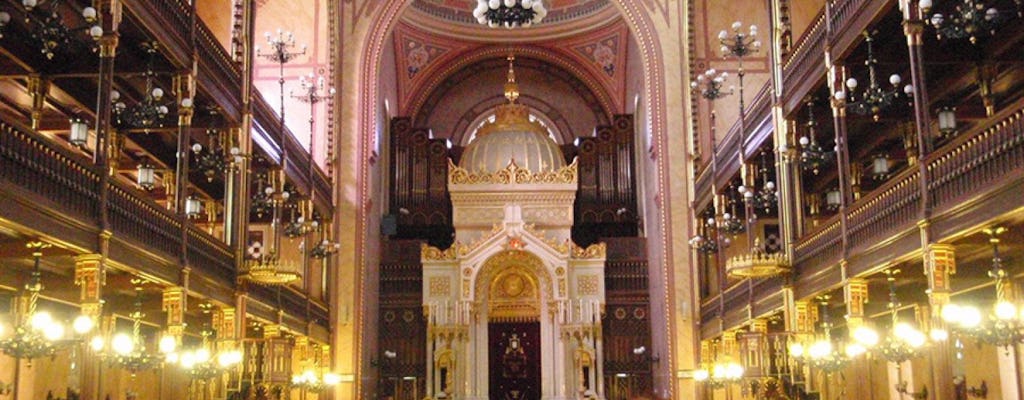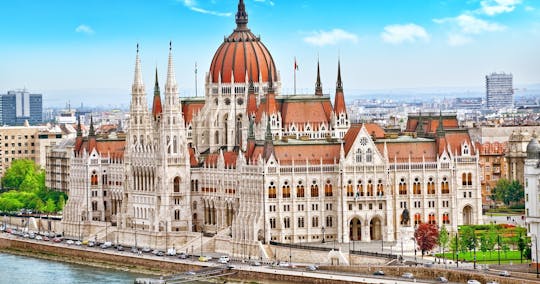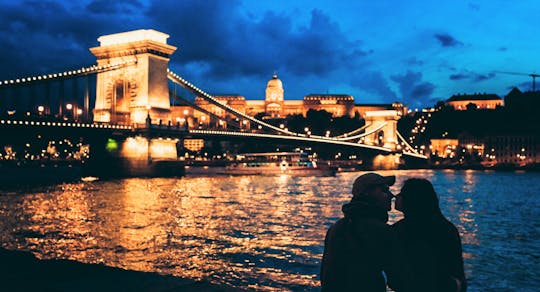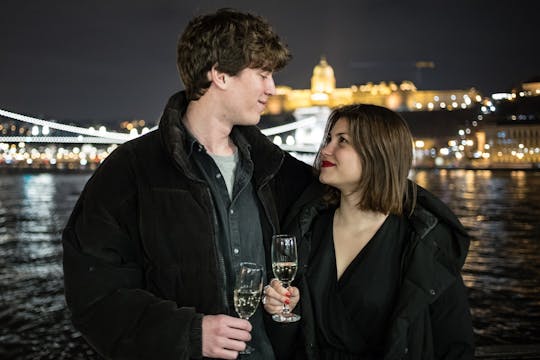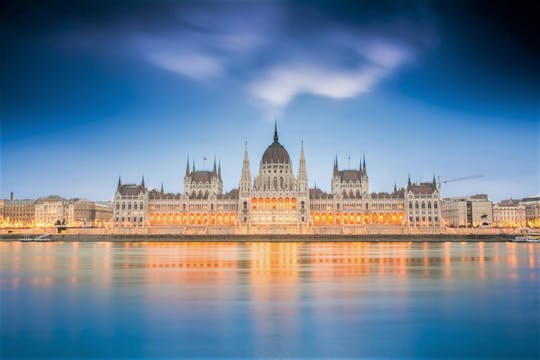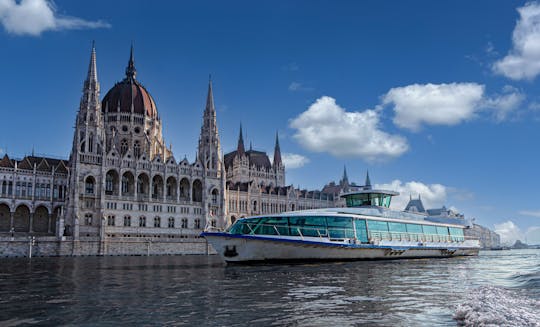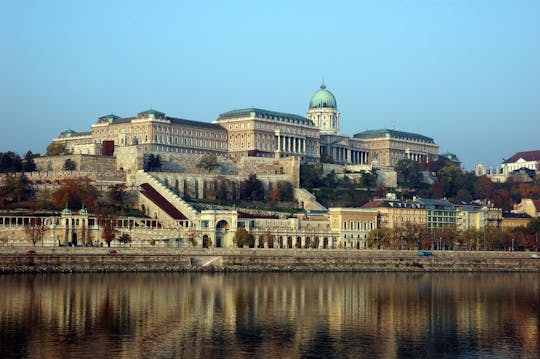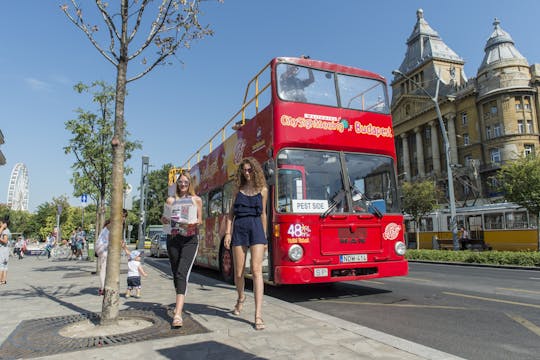Experience the highs and lows of over 1000 years Jewish culture in Budapest on this walking tour. You'll be able to see the remains of a Medieval Jewish community which existed during the Árpád dynasty between the 10th and 14th centuries. The tolerant rulers allowed a settlement to flourish beside Buda Castle Hill. However, Jews were not allowed to buy property in Pest or Buda for centuries. As a result they built up their society in nearby Óbuda (known as Altofen in German), another stop on your tour. Here you'll be able to visit the classicist synagogue, a symbol the flourish Jewish community of the 1800's. It is also possible to see the hidden Frankel Leó Road Synagogue built a few decades later.
The tour will move on to Lipótváros and Dohány Street. Lipótváros became a financial powerhouse for the area, thanks to the emancipation of Hungary's Jews in 1868. The Dohány Synagogue, which inspired the Central Synagogue of Manhattan, demonstrates the wealth of the Jewish upperclass bourgeoisie of this period. Nearby you can visit the New York Café, a once lively hub for Hungarian writers and artists.
You'll move on to a lesser known area of Budapest, where the majority of Budapest's Jewish population lived as lower class citizens. A large amount of Eastern Jewish refugees created less-luxurious quarters, but also allowed for small Hasidic shtibls and Sephardicrite prayer houses to be built near the market where salesmen worked after various wars. The large population that existed here has declined, but you can still feel the sense of community today.
Despite the long history of wealth and tolerance, Hungary's Jews suffered under a Soviet siege, the Nazi and Hungarian Arrow Cross mass killings, and the coldest winter of the war. Two of Budapest's ghettos, XIII and VII districts, still stand today as witnesses to these brutal events. You'll be able to see the tragedies of this period, but also the beautiful neighborhood of Újlipótváros to learn more about the Jewish upper middle class from the more peaceful interwar and postwar periods. At the end of the tour, if you wish, you can visit the Kozma Street Jewish cemetery to see one of the most informative places about Budapest Jewry than any other building or memorial in the city.
